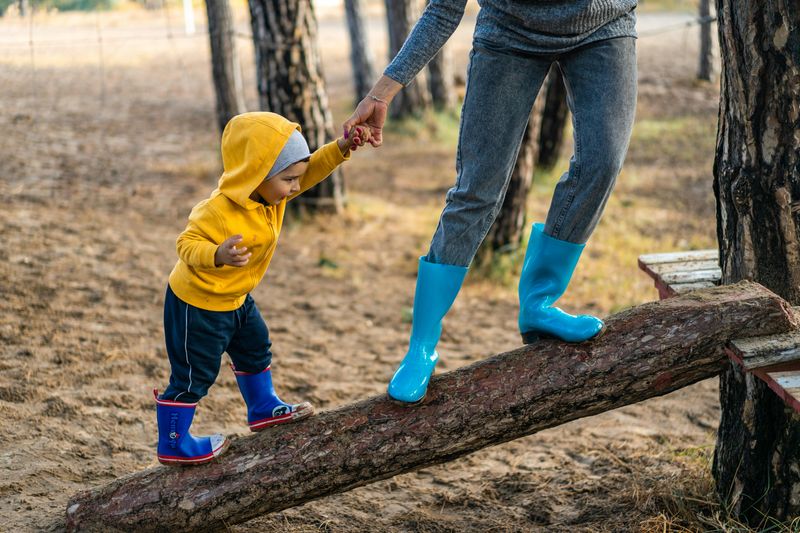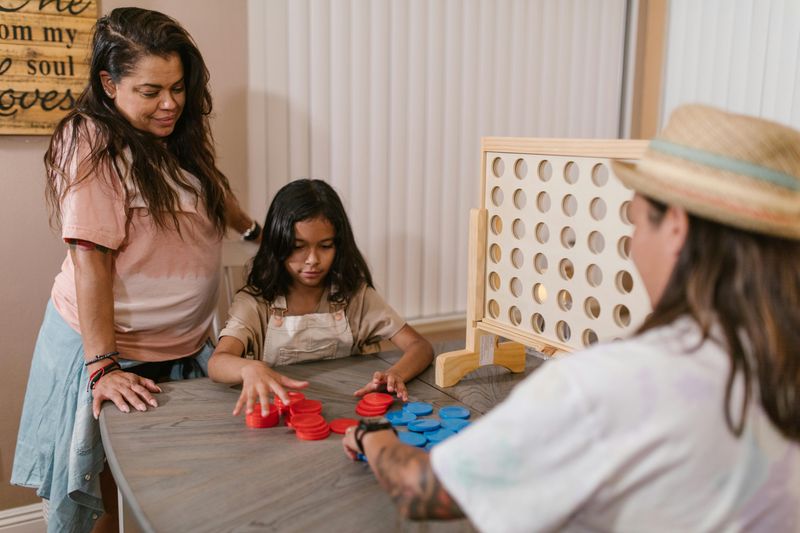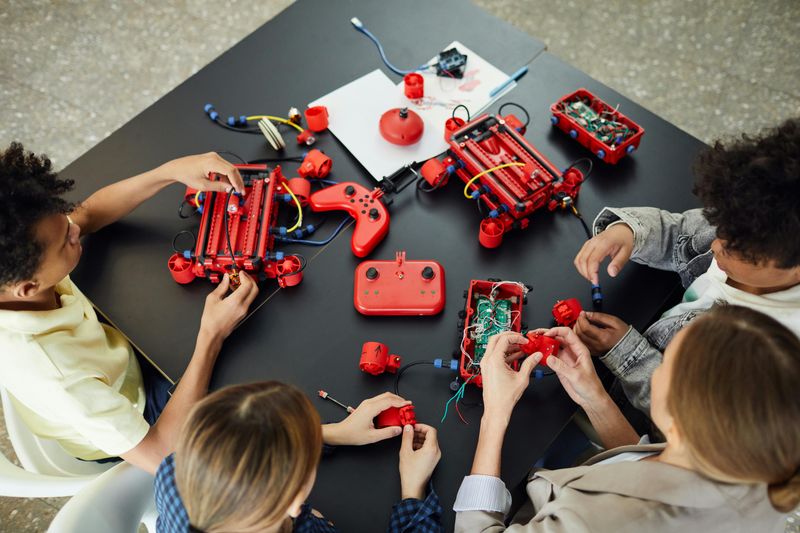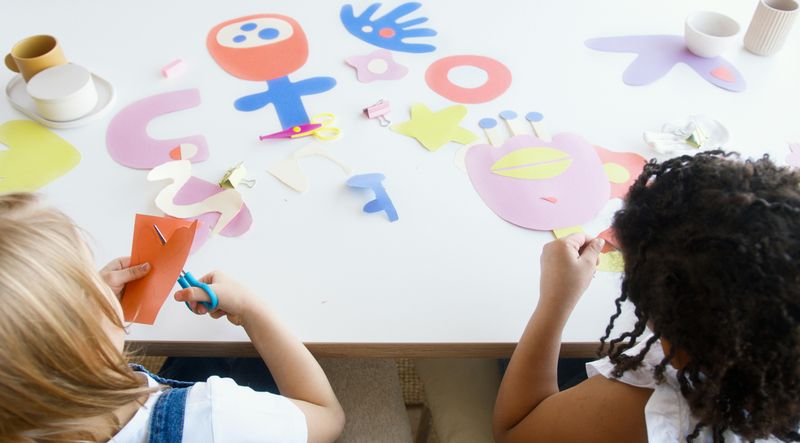10 Parenting Habits That Create Emotionally Resilient Kids
Raising kids who can bounce back from life’s challenges is one of the greatest gifts parents can give. Emotional resilience helps children navigate disappointments, adapt to change, and develop healthy coping skills that last a lifetime. The good news is that parents can actively foster this resilience through everyday habits and interactions that might seem small but make a huge difference in how children develop their emotional toolkit.
1. Allow Natural Consequences
When parents step back and let kids experience the natural results of their choices, they build resilience muscles. A forgotten lunch means going hungry until snack time. A delayed homework assignment results in a lower grade.
These moments, though temporarily uncomfortable, teach valuable life lessons that lectures simply cannot. Children learn to connect their actions with outcomes in real-time.
The key is balancing this approach—allow consequences that teach without causing serious harm or danger. Over time, kids develop better decision-making skills and the confidence to handle whatever comes their way.
2. Validate Feelings Without Fixing Problems
Acknowledging your child’s emotions creates a foundation for emotional intelligence. “I see you’re frustrated with that math problem” shows them their feelings matter, even when uncomfortable.
Many parents rush to solve problems or dismiss feelings with phrases like “don’t cry” or “it’s not a big deal.” Instead, create space for emotions while maintaining boundaries about behavior—”It’s okay to feel angry, but we don’t hit.”
This validation teaches children to recognize and name their feelings rather than being overwhelmed by them. They learn emotions are temporary visitors, not permanent residents in their emotional homes.
3. Model Healthy Emotional Regulation
Children learn more from what we do than what we say. When parents manage their own emotions effectively, kids gain a blueprint for handling their feelings. Share your process: “I’m feeling frustrated right now, so I’m going to take five deep breaths.”
Demonstrating repair after emotional moments matters too. A simple “I’m sorry I raised my voice earlier” teaches accountability and shows that everyone makes mistakes.
Parents who normalize talking about feelings create an atmosphere where emotional awareness flourishes. This doesn’t mean never showing negative emotions—it means showing how to handle them constructively.
4. Encourage Productive Struggle
The magic happens in the struggle zone—that sweet spot between too easy and impossibly hard. When your child wrestles with putting on shoes or solving a puzzle, resist the urge to immediately help.
Productive struggle builds both problem-solving skills and emotional stamina. The satisfaction of eventually succeeding after effort creates confidence that can’t be matched by having things done for them.
Offer encouraging words instead of solutions: “This is tricky, but I’ve seen you figure out hard things before.” This approach nurtures perseverance and teaches children that temporary discomfort leads to growth—a cornerstone of resilience.
5. Practice Gratitude as a Family
Resilient kids understand that even on tough days, good things exist alongside challenges. Regular gratitude practices—like sharing three good things at dinner—wire young brains to notice positives rather than dwelling exclusively on problems.
Research shows grateful children experience less depression and anxiety while reporting higher life satisfaction. They develop perspective-taking skills that help put setbacks in context.
Make gratitude concrete for kids with simple activities like gratitude jars or thank-you notes. When children recognize life’s gifts both big and small, they build an emotional buffer against future hardships.
6. Establish Predictable Routines
Children thrive when they know what to expect. Consistent routines—morning preparation, mealtime rituals, bedtime sequences—create security that allows kids to develop confidence in an otherwise unpredictable world.
These patterns become especially crucial during stressful times. When everything else feels chaotic, familiar routines serve as emotional anchors that help children regulate themselves.
The predictability doesn’t mean rigidity. Teaching kids how routines can flex when necessary (like during holidays or travel) while maintaining core elements builds adaptability—another key component of emotional resilience.
7. Nurture Strong Social Connections
Children with healthy friendships and family bonds develop stronger emotional resilience. These relationships provide support systems, practice with problem-solving, and opportunities to process feelings through conversation.
Help your child build friendship skills by role-playing social scenarios or arranging playdates. Discuss qualities that make someone a good friend and how to navigate disagreements respectfully.
Extended family connections matter too—relationships with grandparents, aunts, uncles, and cousins create a wider emotional safety net. Each supportive relationship in a child’s life acts as another protective factor against life’s inevitable challenges.
8. Foster a Growth Mindset
“I can’t do it…yet!” That simple word—yet—transforms how children approach challenges. A growth mindset teaches kids that abilities develop through effort rather than being fixed traits.
Praise process over outcome: “You worked so hard on that drawing!” instead of “You’re so talented!” This subtle shift helps children connect their efforts with results rather than seeing success as something that just happens to lucky people.
Share stories of your own learning journeys, including mistakes and struggles. When children understand that setbacks are normal parts of growth rather than signs of failure, they develop resilience to keep trying even when things get tough.
9. Teach Problem-Solving Skills
Resilient children approach problems with “I can figure this out” energy instead of helplessness. Build this confidence by walking kids through structured problem-solving: What’s happening? What are possible solutions? Which should we try first?
Start with age-appropriate problems like toy sharing conflicts for toddlers or homework management for older kids. The specific challenge matters less than practicing the process.
Gradually step back as children gain competence. Your role shifts from solver to coach, asking helpful questions rather than providing answers. This progression builds both capability and confidence—the twin engines of emotional resilience.
10. Create Meaningful Responsibilities
Children who contribute to family life through chores and responsibilities develop confidence in their capabilities. Even young children can help sort laundry, feed pets, or set the table—tasks that matter to the household’s functioning.
These contributions build what psychologists call “self-efficacy”—the belief that one’s actions make a difference. Kids learn they can impact their environment positively, a crucial foundation for resilience.
Acknowledge their efforts with specific feedback: “Thanks for feeding the dog without being reminded—he depends on you!” This reinforcement connects their actions to real outcomes and builds their identity as capable, responsible individuals.












Comments
Loading…